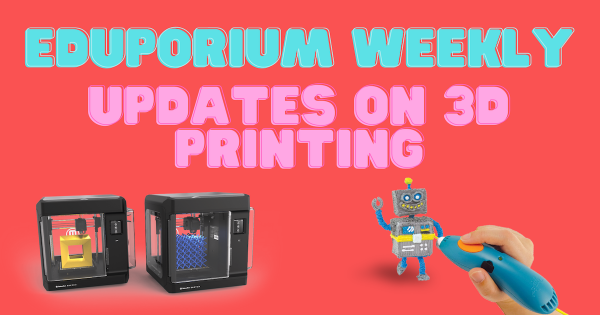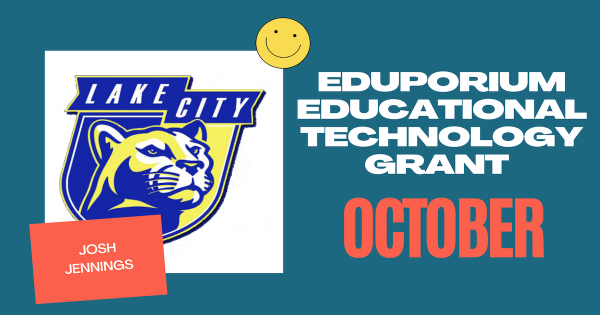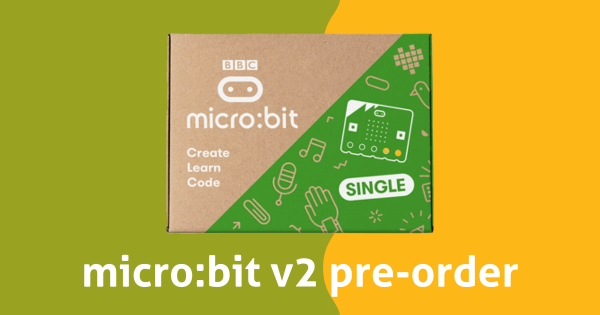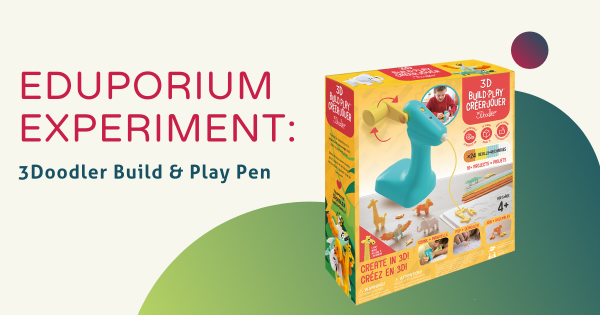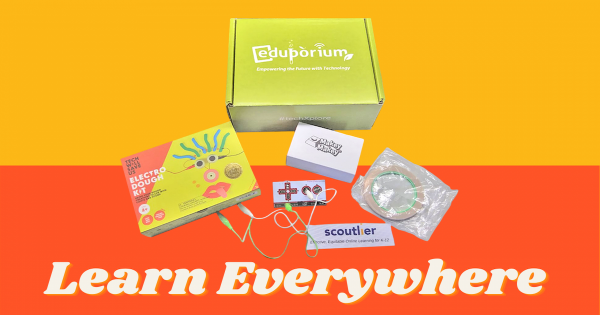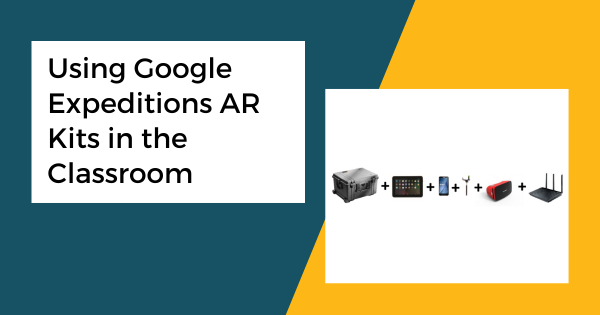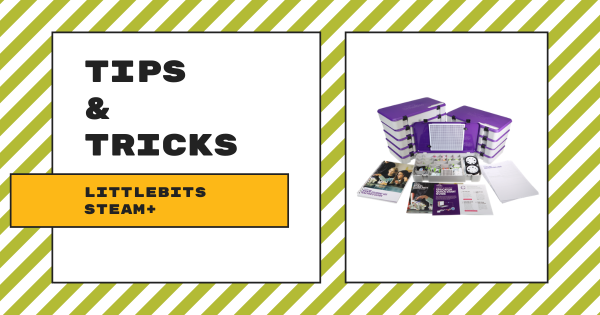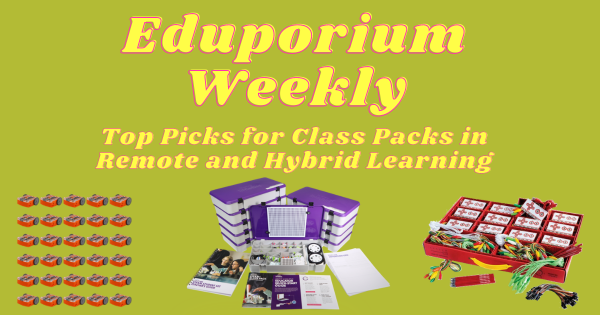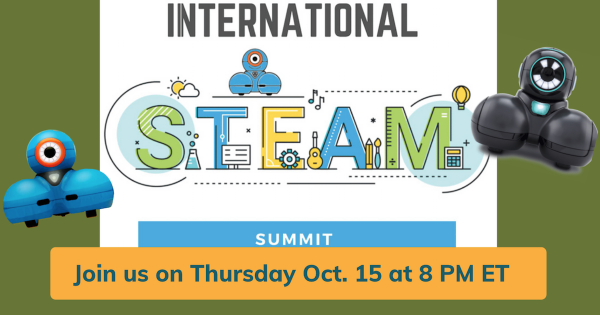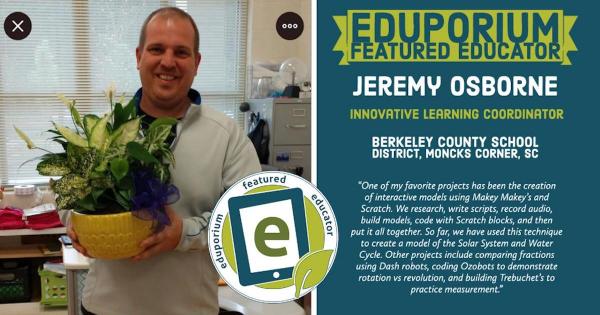Under ordinary conditions, 3D printing is among the most popular avenues for technology teachers to take advantage of all of the advances in STEAM instructional tools. By combining both physical and digital construction, 3D printing helps students think like an engineer, solve pressing problems in a very unique way, collaborate with classmates, and a lot more.
Andy Larmand
-
October Grant: Congrats To Josh Jennings + The CODE Program
We are pleased to announce we’ve awarded our tech grant for October to Josh Jennings, who’s a high school teacher in the Florence County School District 3! Josh helps head up their Panther CODE (Creating Opportunities for Developing Engineers) program after school, which was established to give some underrepresented students more exposure to STEM. -
The micro:bit V2 is Now Available for Pre-Order
When it first showed up on the education scene a few years ago, the micro:bit became an instant favorite among STEAM teachers around the world thanks to its pocket-sized portability and simplicity when it came to teaching coding. Now the micro:bit V2 is ready to make its own impact on STEAM education. -
Eduporium Experiment | 3Doodler Build & Play
With the 3D Build & Play, students can feed filament into the slot in the back of the device, which is shaped similarly to an electric drill. Once the strand of filament is in place, they can start cranking the lever to work it through the inside and get it ready to mold in their invention as they develop creativity -
Learn Everywhere With This New STEAM Kit From Eduporium
From the development of our hybrid and remote offerings to exploration of new virtual coding platforms, we’ve learned a whole lot about how we can adapt STEAM learning in this new age. We now have one more offering to tell you about—a brand new Learning Everywhere kit that members of our team helped develop in a partnership with the pros -
Using Google Expeditions AR Kits in the Classroom
We can now offer the next best thing in the Google Expeditions’ AR/VR Classroom Kits! Designed to augment classroom instruction with high-end performance, the nine AR/VR kits help teachers guide students through all kinds of engaging lessons. They’re powered by the Magellan teacher tablet and include Homido viewers, student devices, and more. -
Tips & Tricks | littleBits STEAM+ Class Pack
The littleBits STEAM+ Class Pack supports up to 30 students with screen-free activities, purposefully selected Bits, and cross-curricular lessons. It includes tons of Bits and 10 carrying cases to help educators maximize STEAM learning and facilitate student creativity in any educational environment. -
Eduporium Weekly | Class Packs In Remote And Hybrid Learning
At first, we were very hesitant to continue with promoting classroom packs since they contain a lot of moving parts and promote learning that involves children all touching those same components. Over time, however, various manufacturers have actually created home learning versions and that idea of classroom packs in remote or hybrid learning is no longer as daunting. -
Join Us at the Wonder Workshop International STEAM Summit!
We’re excited to sponsor one of the sessions, led by our friend, Jasmine Saab, on Thursday, Oct. 15! Jasmine will be discussing coding in middle school with the Cue and a “DASH” of distance learning and we’ll provide a Wonder Workshop kit to one lucky attendee! The session is for teachers, STEAM specialists, and anyone looking to innovate in distance -
Eduporium Featured Educator: Jeremy Osborne
This month, we’ve heard from Jeremy Osborne, who’s the Innovative Learning Coordinator for the Berkeley County School District. With a background as an elementary STEM teacher, Jeremy knows all about the kinds of hands-on learning experiences kids want and need and he’s now very much involved in ensuring all students have access to those.



